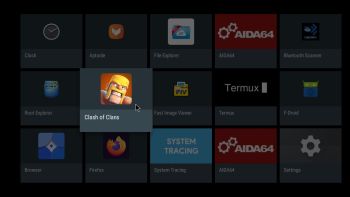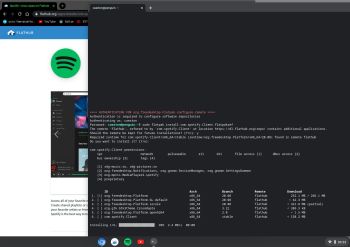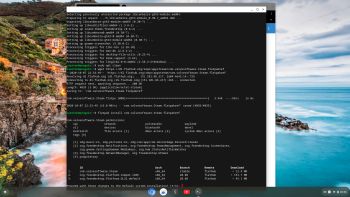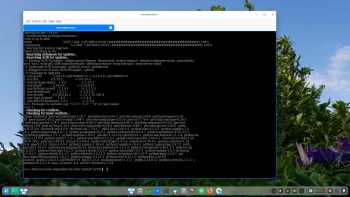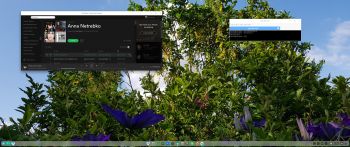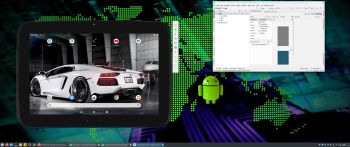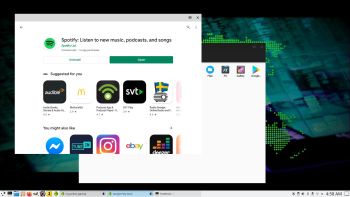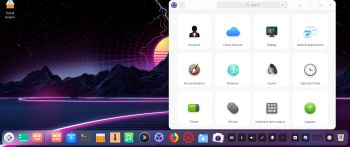 NEWS 201021 ABOUT ExTiX Deepin
NEWS 201021 ABOUT ExTiX Deepin
I’ve released a new version of ExTiX Deepin today (201021). This ExTiX Build is based on Deepin 20 released by Deepin Technology 200911.
NEW FUNCTIONS etc
1. You can run ExTiX from RAM. Use boot alternative 2 (load to RAM) or Advanced. A wonderful way to run Linux if you have enough RAM. Everything will be super fast. When ExTiX has booted up you can remove the DVD or USB stick.
2. You will have the opportunity to choose language before you enter the Deepin 20 Desktop. All main languages are supported.
3. I have replaced Deepin Installer with the Reborn version of Deepin Installer. Works better in every way.
4. I have replaced kernel 5.7.0-rc6-exton with kernel 5.9.1-exton. Corresponding the latest available kernel 5.9.1 from Kernel.org.
5. Spotify and Skype are pre-installed.
6. You can watch Netflix while running Firefox.
7. You can install ExTiX Deepin also in VirtualBox/VMware using Deepin Installer. (In previous versions you had to “chroot” into the install partition and install Grub).
8. As an alternative to Apt you can use the Cactus Package Manager. Example commands: cpm i mousepad and cpm s gimp. (Install Mousepad and search for Gimp). CPM works very well.
9. Install ExTiX to a USB stick preferably with Rufus 3.12 in Windows
UNIQUE
I may add that there is no other live version of Deepin 20.
Used KERNEL
My special kernel 5.9.1-exton corresponding Kernel.org’s kernel 5.9.1.
What’s new in Linux kernel 5.9?
SCREENSHOTS
1. ExTiX Deepin 20 Desktop
2. Refracta Snapshot has started
3. ExTiX Deepin being installed in VirtualBox using Deepin Installer
4. Movie showing how to enable Window effects
5. ExTiX Deepin running in full screen mode when VirtualBox Guest Additions have been installed
6. ExTiX running Deepin’s Control Center
7. ExTiX showing a Samba connection to a Windows computer
andex.exton.net – latest is AndEX 10 (with GAPPS) and AndEX Pie 9.0 (also with GAPPS)!
and
about my Android 11, 10, Pie, Oreo, Nougat, Marshmallow and Lollipop versions for Raspberry Pi 3/2 at
raspex.exton.se – latest is RaspAnd 11 (without GAPPS) and RaspAnd Oreo 8.1 (with GAPPS)!


